Scattered across nine volcanic islands in the Atlantic, the Azores hide remarkable villages where traditional life flows in harmony with nature’s rhythms. These settlements offer more than just scenic beauty – they provide gateways to some of Europe’s most pristine natural environments.
From thermal pools to whale-watching spots, each village maintains its unique relationship with the dramatic landscape that surrounds it.
Fajã da Caldeira de Santo Cristo, São Jorge
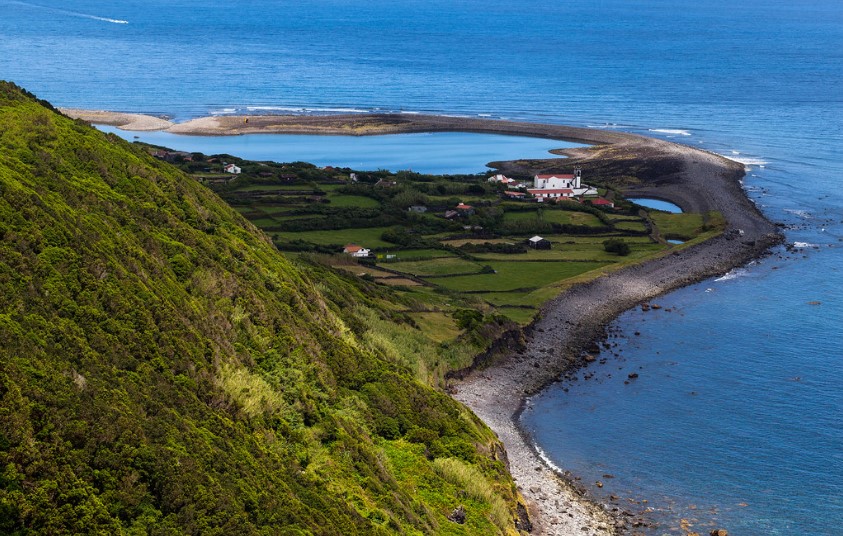
This remote coastal village, accessible only by foot or boat, sits in a dramatic geological formation created by ancient landslides. The pristine lagoon here produces Europe’s only Atlantic barnacles, while world-class waves attract adventurous surfers to its shores.
Local families maintain traditional ways of life, tending to small plots of land and fishing from the rocky coast.
Sete Cidades Village, São Miguel
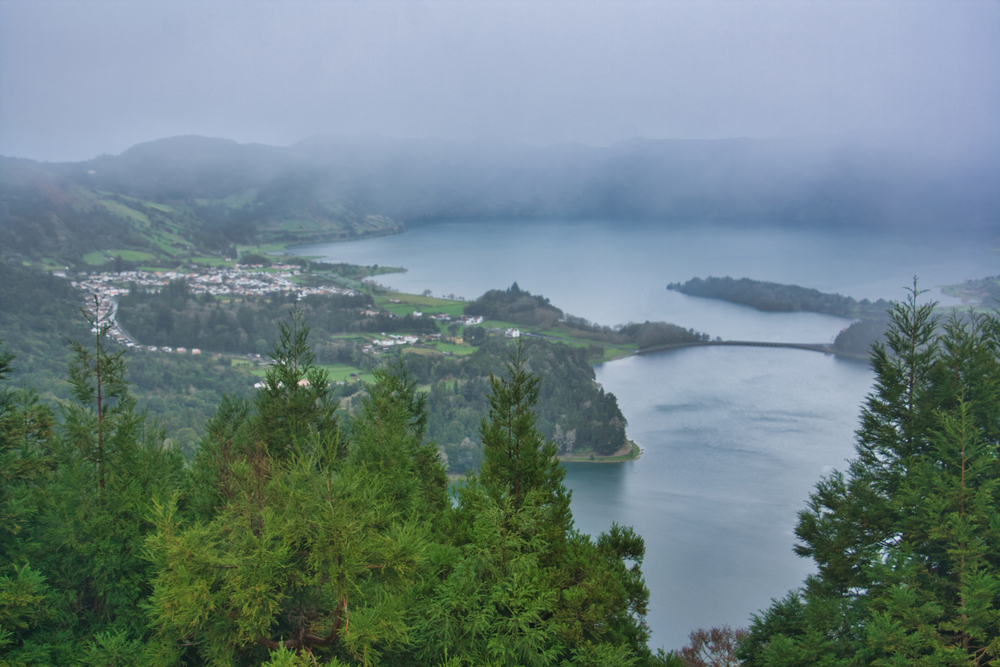
Nestled inside an ancient volcanic crater, this pastoral village sits between twin lakes – one blue, one green – surrounded by hydrangea-lined paths. Local farmers still use traditional methods to cultivate crops on the fertile crater walls, while village bread ovens produce fresh bolo lêvedo daily.
Morning mists create magical atmospheres as they roll across the crater lakes.
Like Travel Pug’s content? Follow us on MSN.
Fajã dos Cubres, São Jorge
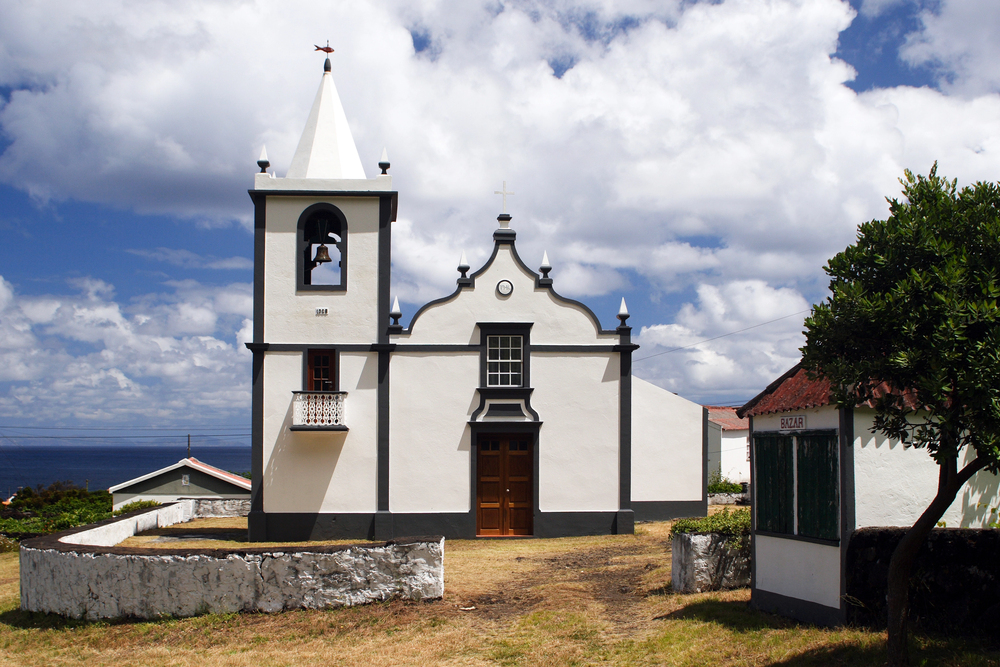
This coastal hamlet features a unique brackish lagoon where locals harvest watercress using traditional methods passed down through generations. Stone walls protect small gardens from Atlantic winds while providing a habitat for endemic plant species.
The village’s isolation has preserved agricultural traditions largely unchanged for centuries.
Ribeira Quente, São Miguel
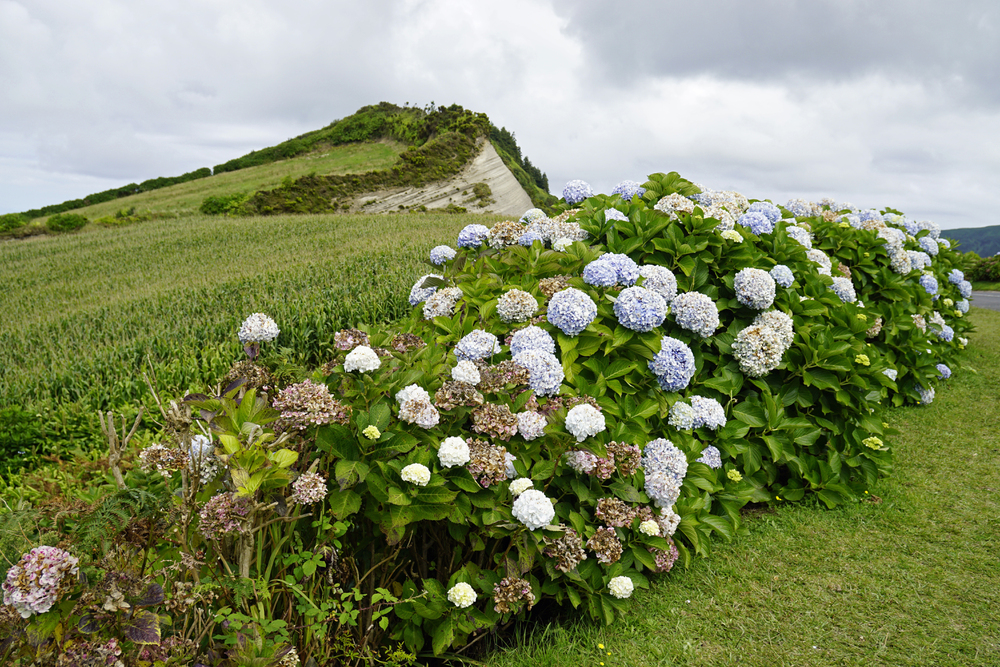
Known as the ‘hot river village,’ this coastal settlement sits where geothermal springs meet the ocean, creating natural hot pools. Local fishermen still use traditional methods to catch species unique to these warm waters.
The village’s position between volcanic hills creates a microclimate perfect for growing tropical fruits.
Povoação, São Miguel
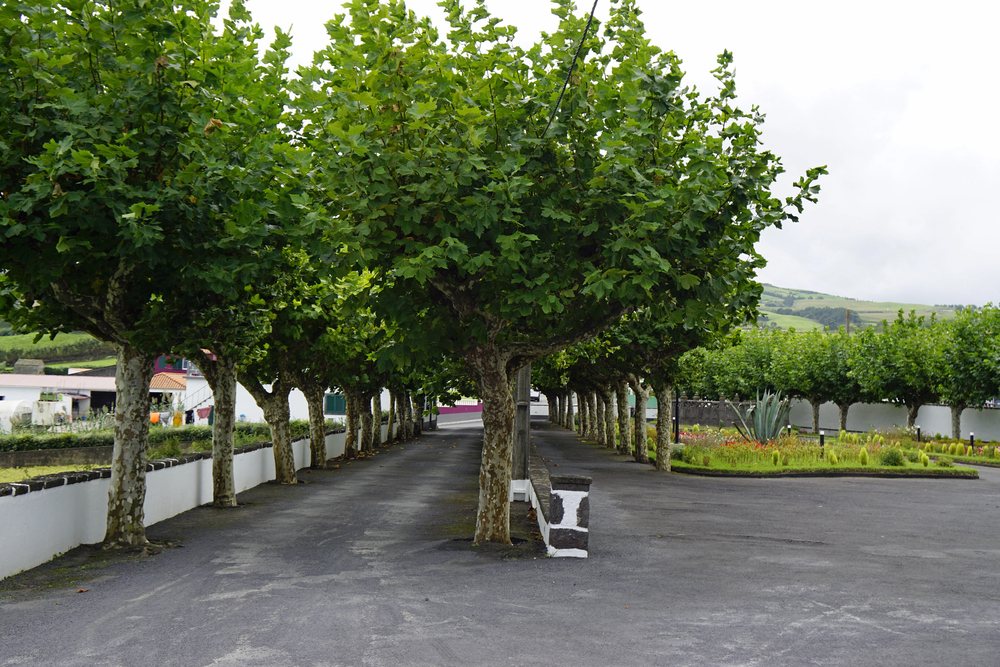
The Azores’ oldest settlement maintains traditions from the islands’ first Portuguese settlers while offering access to pristine forests. Local cheese makers still age their products in volcanic caves, while traditional cornbread bakes in community ovens.
The surrounding valleys contain some of the archipelago’s best hiking trails.
Like Travel Pug’s content? Follow us on MSN.
Calhetas, São Miguel
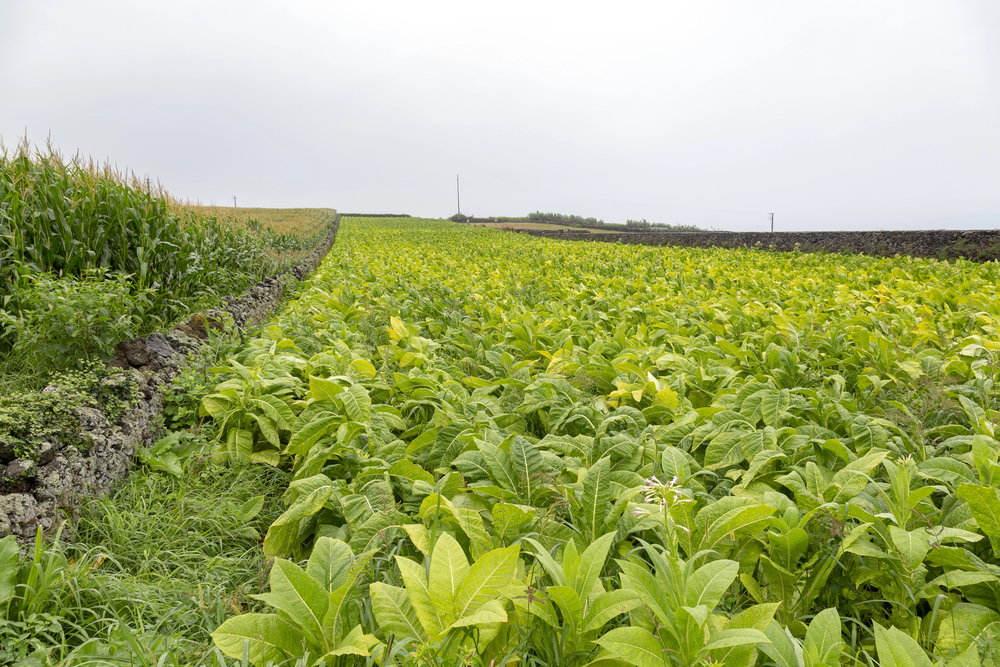
This tiny fishing village provides front-row seats to whale watching as migrating cetaceans pass close to its natural harbor. Local boat builders maintain traditional wooden vessel construction techniques in small workshops along the shore.
The village’s natural swimming pools offer safe bathing protected from Atlantic swells.
Fajã Grande, Flores
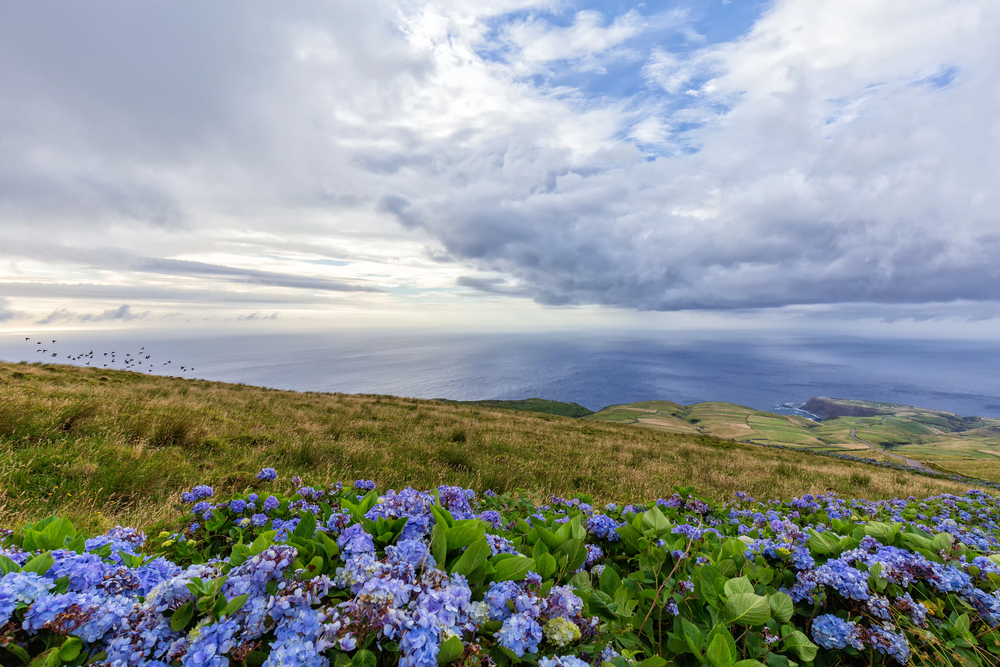
Europe’s westernmost village sits beneath towering cliffs where dozens of waterfalls cascade directly into the Atlantic. Local guides lead walks to hidden lakes formed in ancient volcanic craters high above the village.
Traditional stone houses withstand Atlantic storms while protecting small gardens of endemic plants.
Furnas Village, São Miguel
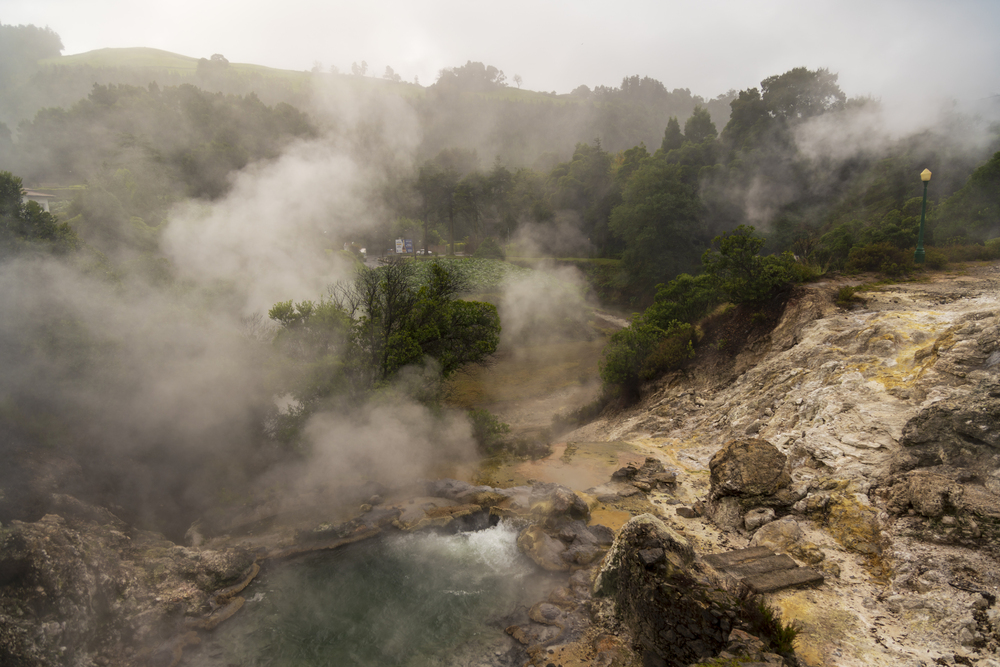
This geothermal wonderland features dozens of hot springs where villagers cook traditional cozido stews underground using volcanic heat. Local gardens showcase rare species that thrive in the mineral-rich soil, while thermal pools offer therapeutic bathing.
The village maintains centuries-old traditions of using thermal resources for cooking and healing.
Like Travel Pug’s content? Follow us on MSN.
Santo Amaro, Pico
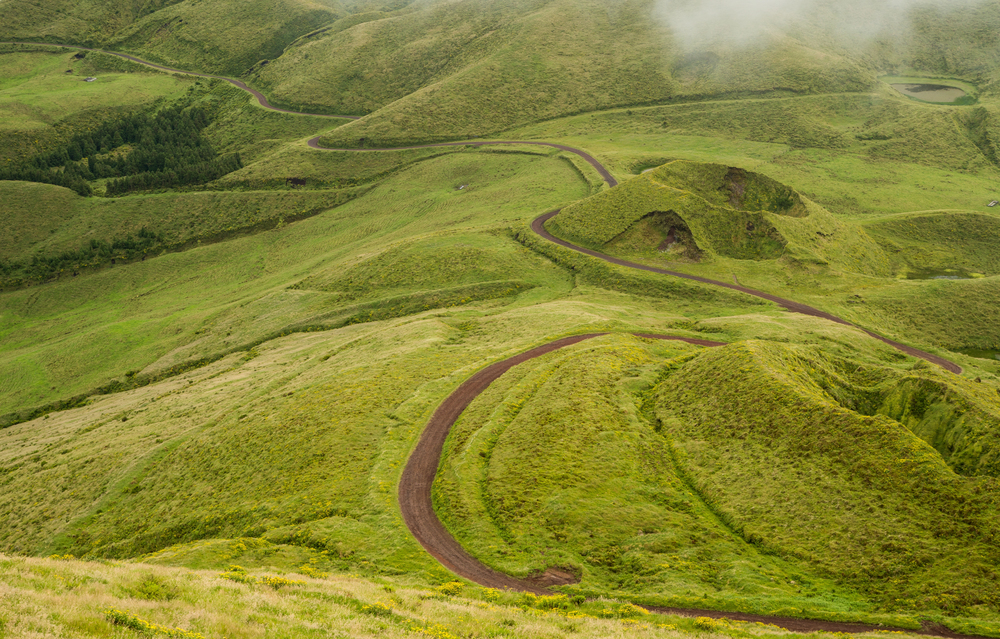
Built from black volcanic stone, this whaling-era village now serves as a base for whale watching and vineyard exploration. Ancient lava-rock walls protect UNESCO-listed vineyards where families maintain traditional growing methods.
Local whale-watching guides share stories passed down from generations of whalers.
Mosteiros, São Miguel
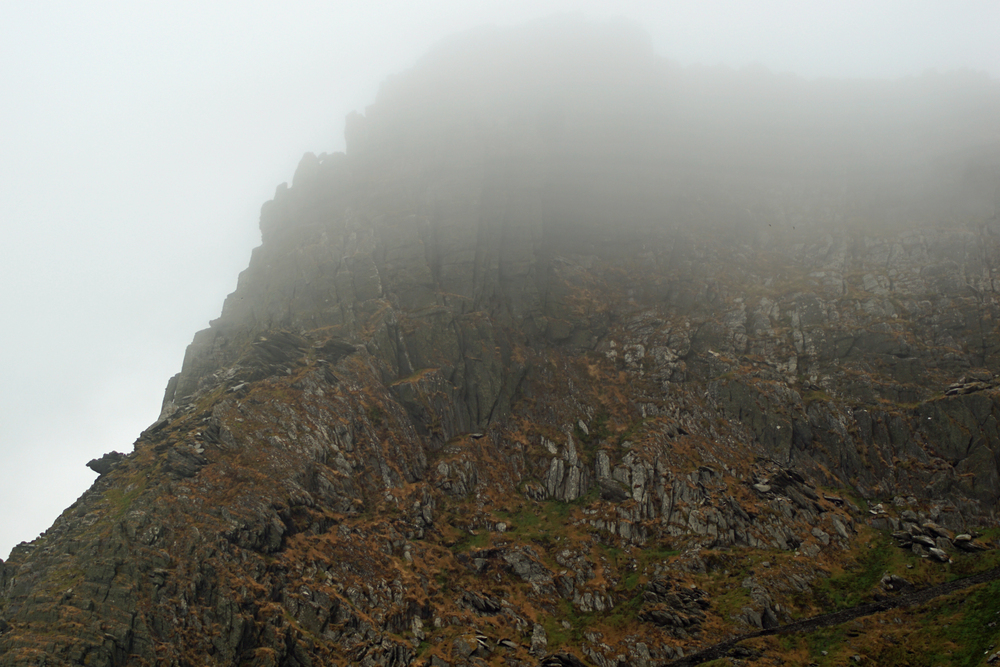
Named for the monolithic rock formations offshore, this village offers spectacular sunset views over natural swimming pools. Local farmers grow unique varieties of pineapples in volcanic stone hothouses using traditional methods.
The village’s position catches dramatic wave action during winter storms.
Norte Pequeno, São Jorge
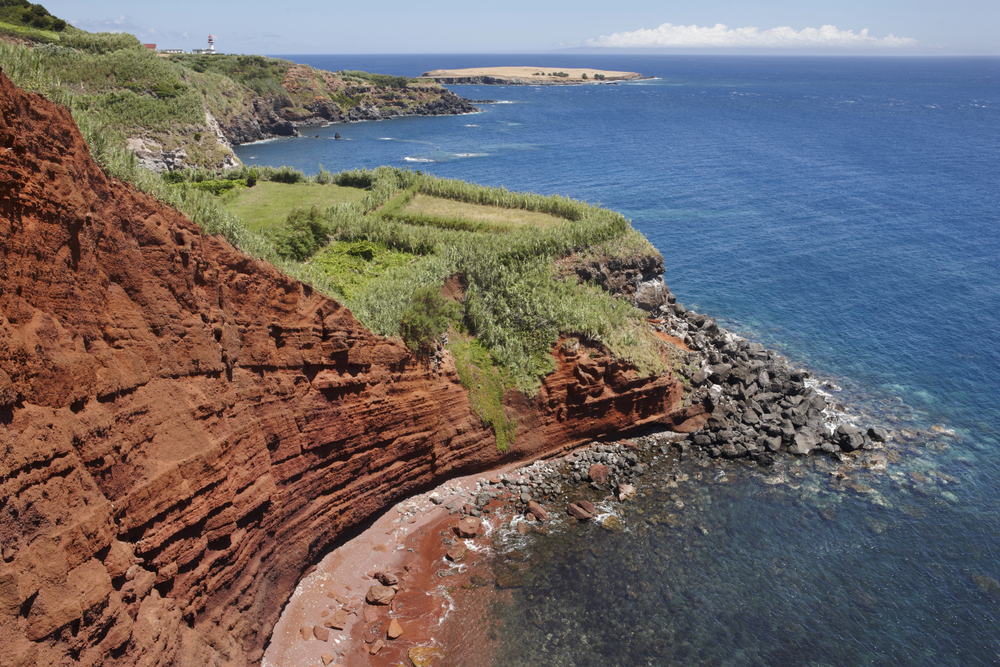
High cliffs protect this village where traditional dairy farming practices produce award-winning cheese. Local trails lead to hidden bathing spots in ancient lava flows reaching the ocean.
The village’s isolation has preserved unique linguistic expressions from early settlement days.
Like Travel Pug’s content? Follow us on MSN.
Lomba da Fazenda, São Miguel
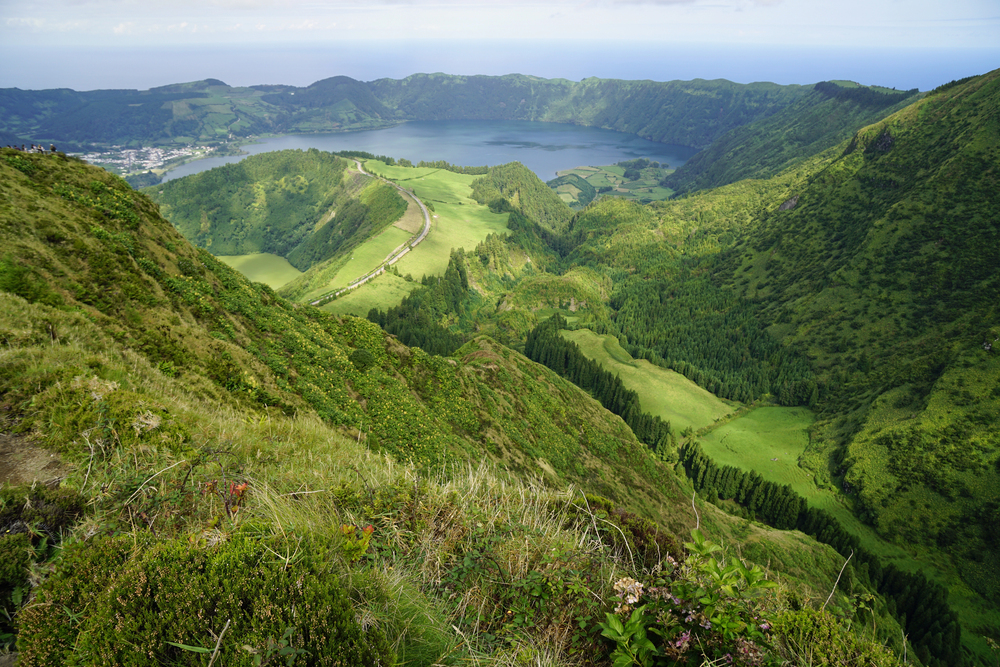
This agricultural village maintains traditional practices of growing tea on volcanic slopes overlooking the Atlantic. Local tea factories still use century-old machinery to process leaves using original methods.
The surrounding forest trails lead to hidden waterfalls and pristine swimming holes.
Lajes do Pico, Pico
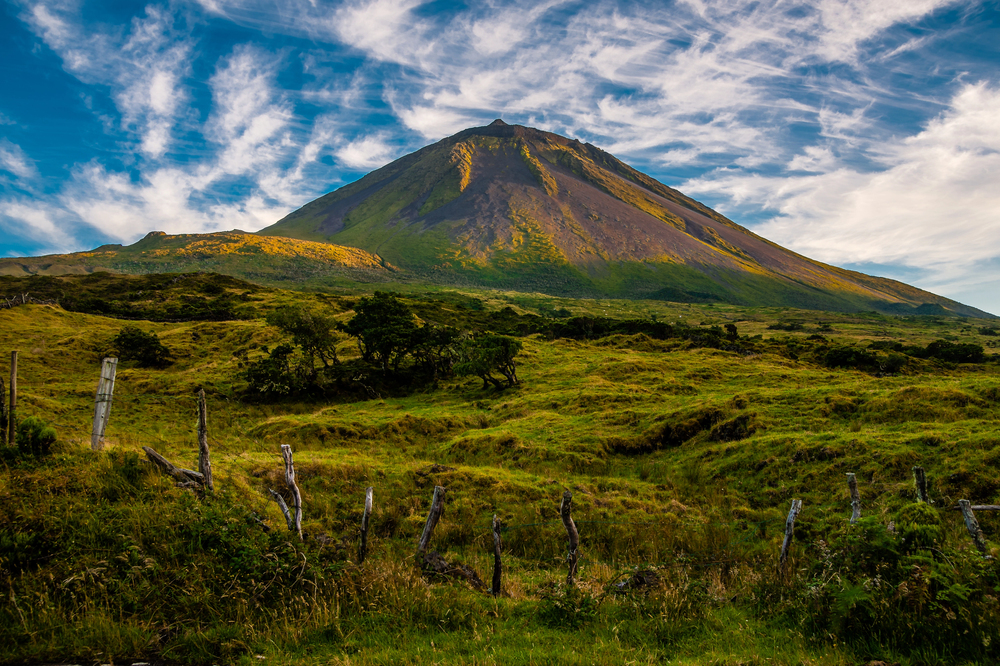
Once a whaling center, this village now leads whale conservation efforts while maintaining maritime traditions. Old whaling boats now take visitors to observe whales peacefully in their natural habitat.
Local museums preserve stories of the island’s whaling heritage while promoting marine conservation.
Fajã da Ribeira da Areia, São Jorge
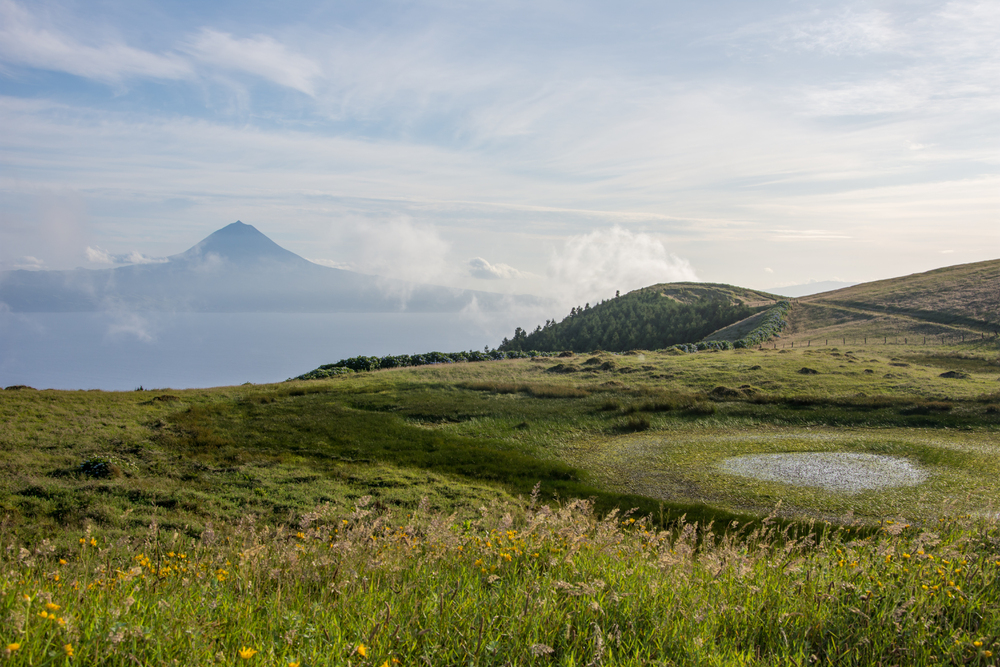
Accessible only by a steep trail, this coastal settlement features natural swimming pools formed by ancient lava flows. Residents maintain traditional methods of growing coffee in protected stone-walled gardens.
The village’s isolation creates a unique microclimate where tropical fruits flourish.
Like Travel Pug’s content? Follow us on MSN.
Praia do Norte, Faial
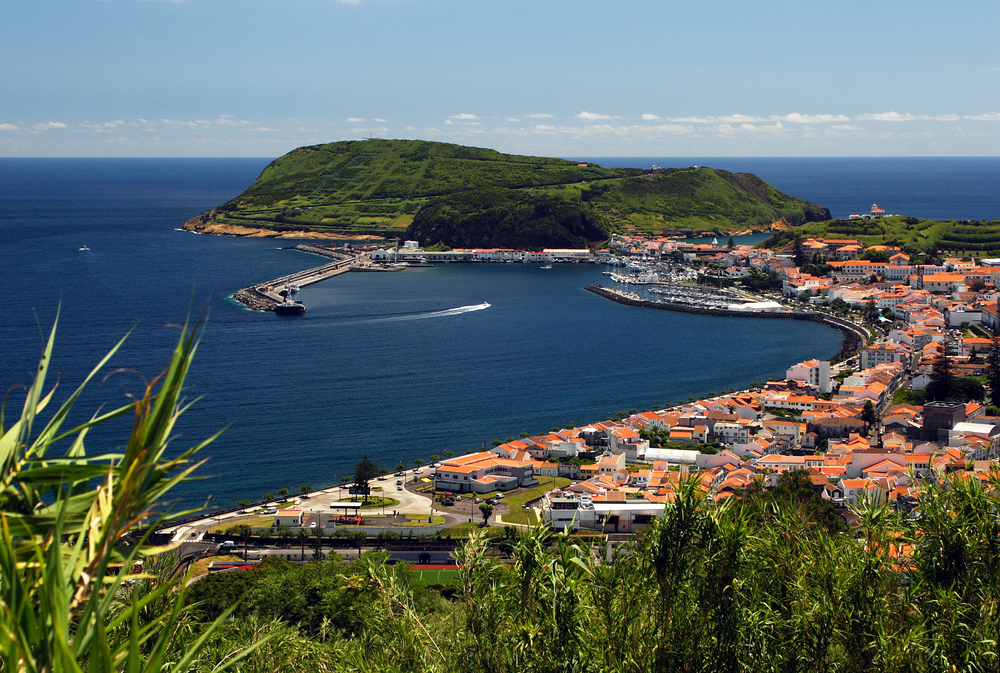
This village offers front-row views of Capelinhos volcano, which last erupted in 1958, creating new land. Local guides lead tours of the volcanic landscape while sharing stories of the eruption passed down through families.
The village’s position provides spectacular views of neighboring Pico Mountain across the channel.
Terra do Pão, Pico
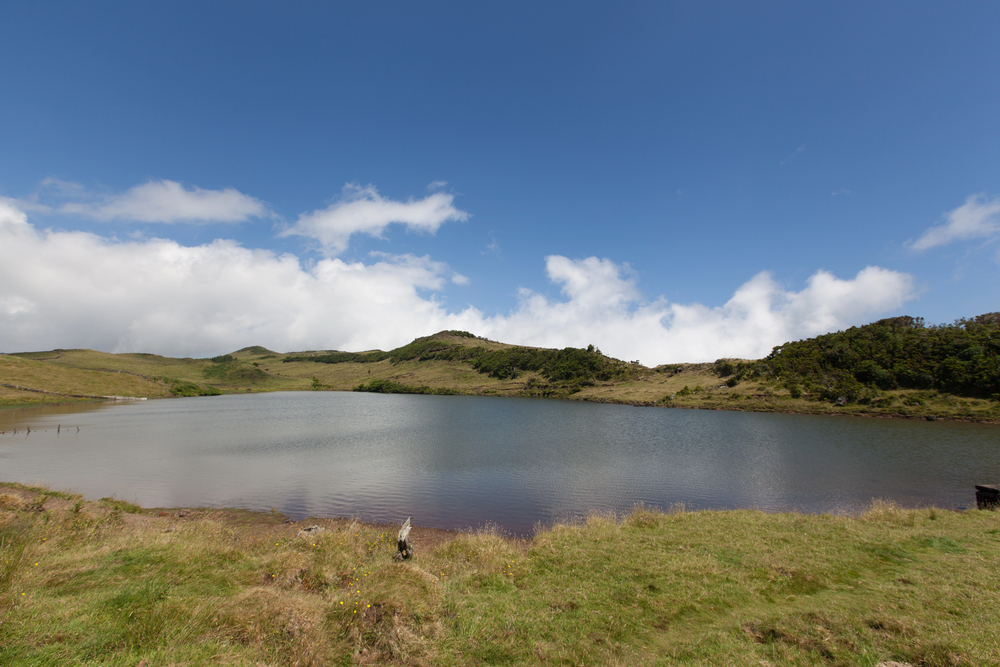
Ancient walls of black volcanic stone protect traditional vineyards where families maintain UNESCO-listed wine-making traditions. Local winemakers still use traditional foot-pressing methods in stone tanks carved from lava rock.
The village’s name reflects its history as a grain-growing center for the island.
Fajã do Ouvidor, São Jorge
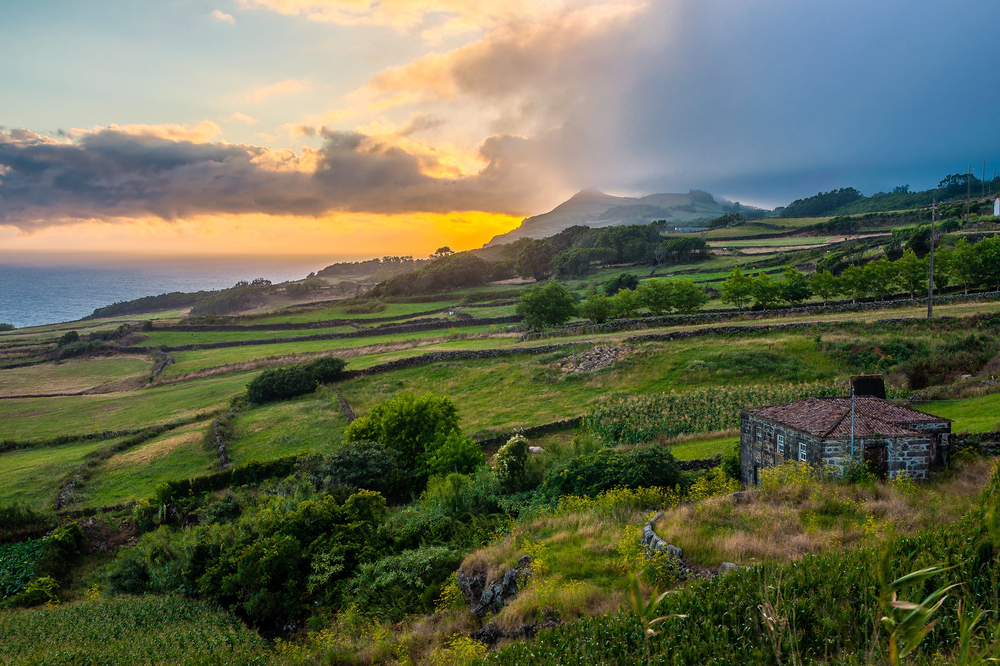
Natural pools formed in lava flows provide safe swimming spots where villagers gather during the summer months. Local fishermen maintain traditional methods for catching species unique to these volcanic waters.
The village’s position offers spectacular views of neighboring Pico and Faial islands.
Like Travel Pug’s content? Follow us on MSN.
Porto Formoso, São Miguel
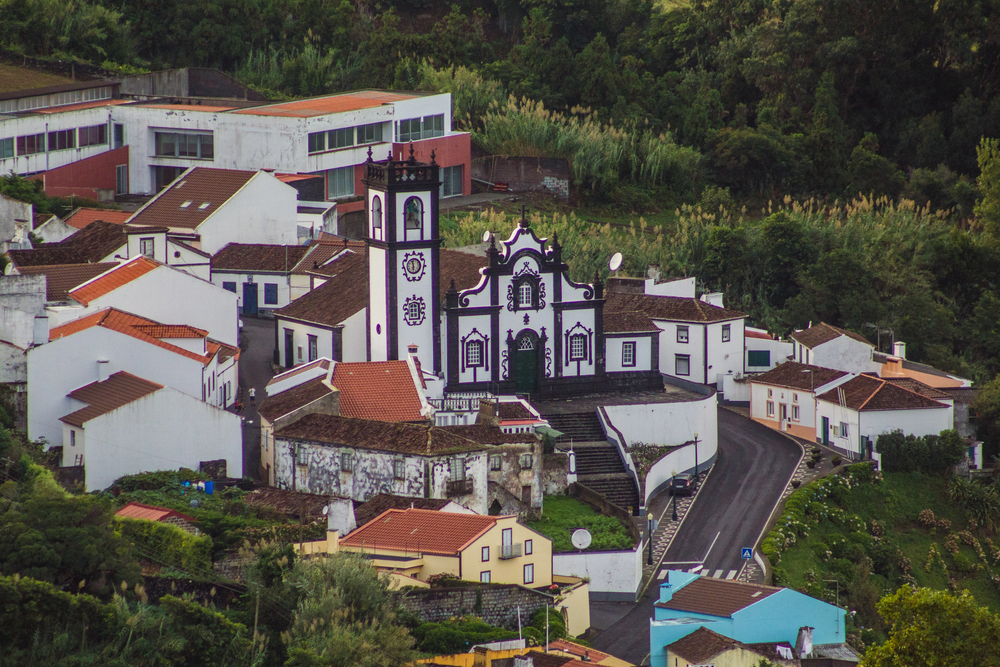
Tea plantations surround this coastal village, where traditional processing methods remain unchanged since the 19th century. Local tea masters offer tastings and demonstrations of traditional processing techniques.
The village’s position between mountains and the sea creates perfect conditions for tea cultivation.
Ribeira da Areia, São Jorge
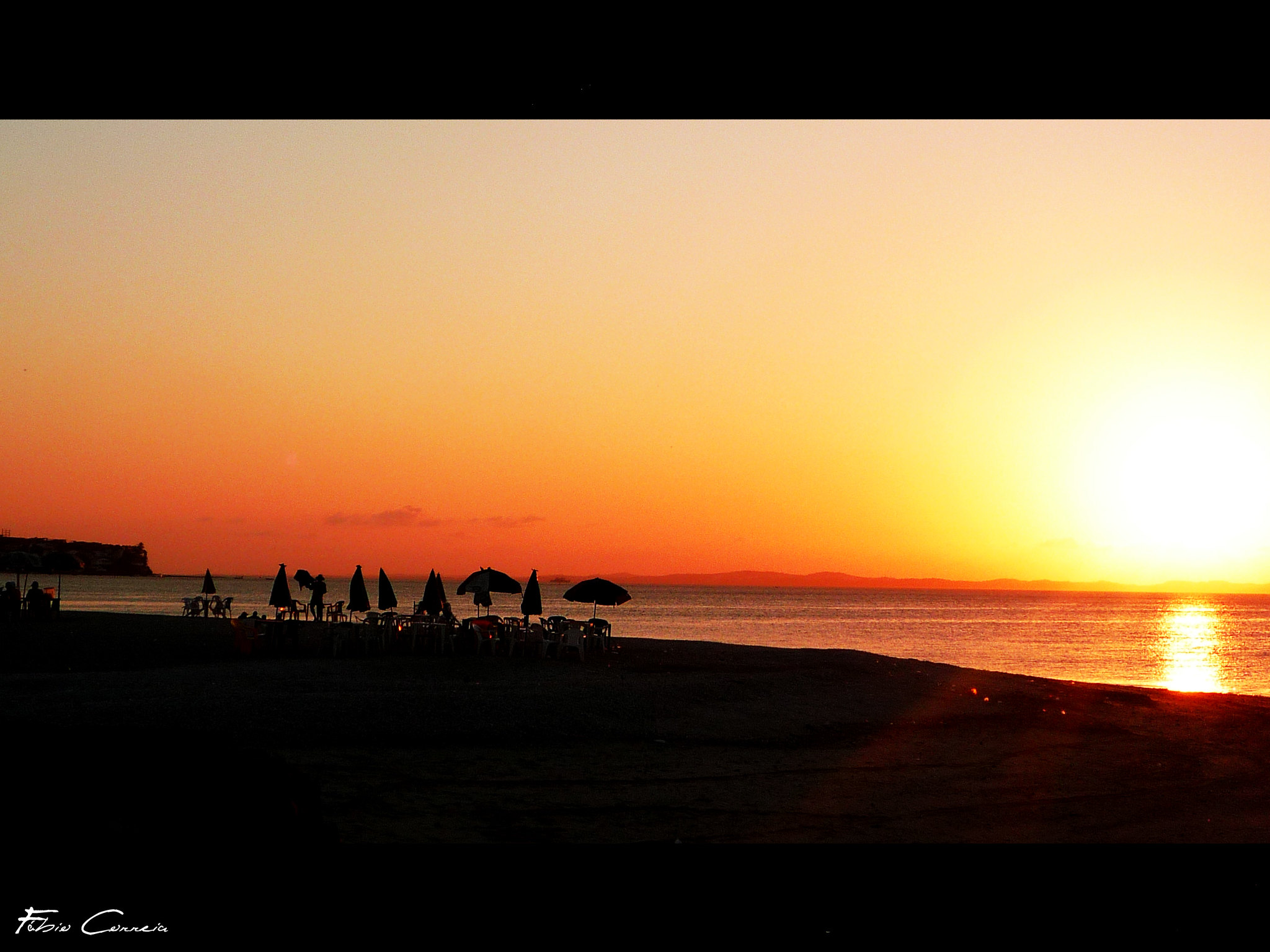
This remote settlement maintains traditional dairy farming practices on steep volcanic slopes above the Atlantic. Local cheese makers age their products in natural volcanic caves using ancient methods.
The village’s isolation has preserved unique cultural traditions from early settlement days.
Nature’s Perfect Balance
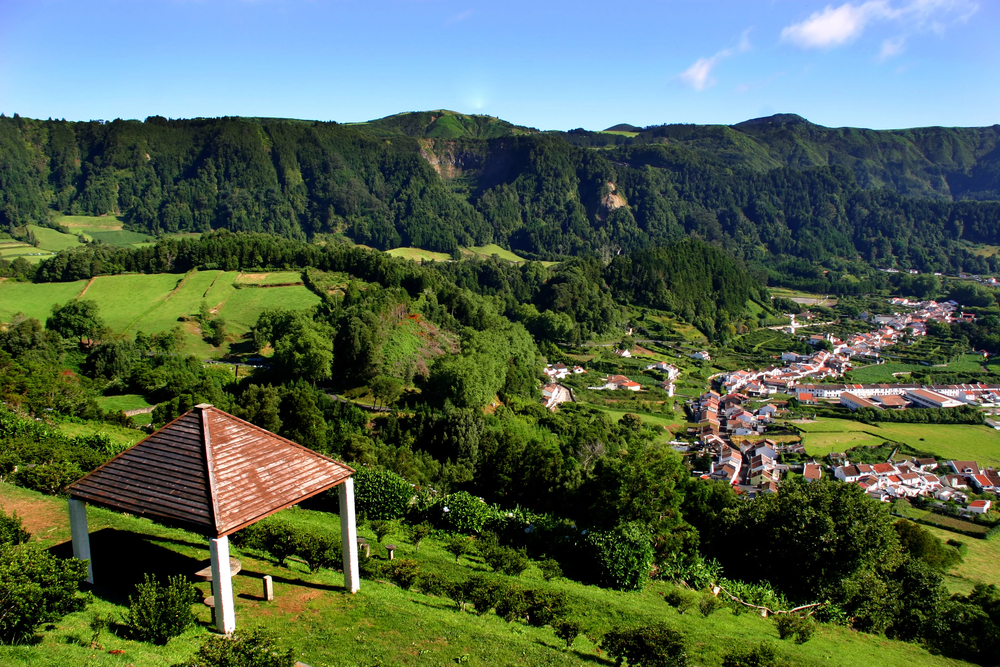
These hidden Azorean villages demonstrate how communities can thrive while maintaining harmony with their natural surroundings. Each settlement offers unique insights into sustainable living while providing access to some of Europe’s most pristine environments.
Whether you seek volcanic wonders, marine life, or traditional culture, these villages provide authentic experiences far from the tourist trail.
Like Travel Pug’s content? Follow us on MSN.
More from Travel Pug

- 15 Dangerous European Cities to Avoid
- 15 Caribbean Islands Where Tourists Keep Getting Scammed
- The 20 Most Fascinating Abandoned Places: A Journey Through Time and Forgotten Spaces
- 15 Hidden Places in the Smithsonian Museums Locals Love: A Guide to Lesser-Known Treasures
- 16 Hidden Florida Beach Towns That Aren’t Overrun with Tourists
Like Travel Pug’s content? Follow us on MSN.
